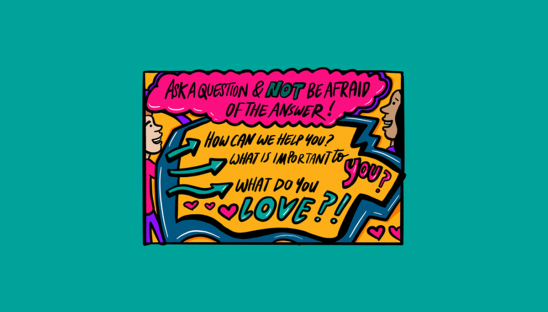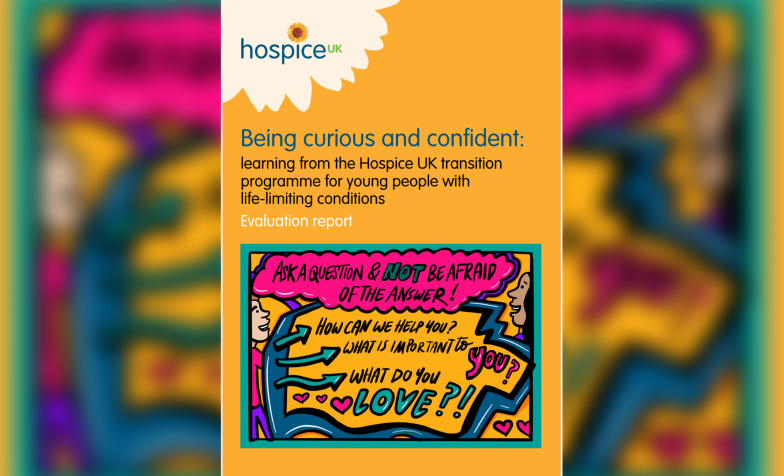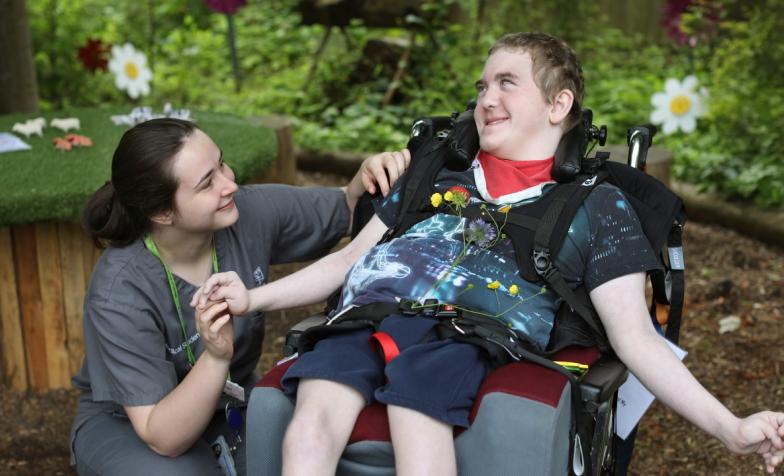
Transition: young person-centred care

On this page you’ll find information and resources to help you understand and support the needs and preferences of each young person you work with as they transition to adult services.
“I could live one day or 20 years”
Young people with a life threatening or limiting health condition tell us they often feel overwhelmed by their diagnosis, the options, the treatment, the side effects and sometimes the change in identity when living with a disease or condition. However they are still young people who have hopes and aspirations for the time when they are alive.
These young people want health professionals to be curious about their story. They want professionals to support them in reaching their goals.
This kind of curiosity is caring in action. It requires you to focus completely on the person in front of you; listening to them and understanding their needs is the most important thing at that moment.

“It really struck me – I could live one day or 20 years so I don’t feel I am ‘end of life’ but living.”
Young person with a life limiting condition
“Working with a hospice has given me my life back"
Watch Hannah explain how she has struggled to find the personalised care she needs during transition and what has made a positive difference to her.

“Ask the questions: don't be afraid of the answer"
The young people we have worked with say it is rare for health professionals to find out how they want to live their lives while they can.
They want this to change.
Tips from young people
Tips from young people include:
- “Ask me what’s important to me. I want to live my life. I need things to lift me (I have accepted I am dying).”
- “Ask me how I think you can help me (and what support I want)”
- “Find out what I love.”
- “What do you love?”
- “One size doesn’t fit all”
- “The quality of your experiences equals the quality of your life”
Illustrations courtesy of Studio Beci
Health passports
A health passport allows young people to record details about their health condition or disability. It is a tool that can improve quality of care and communication.


